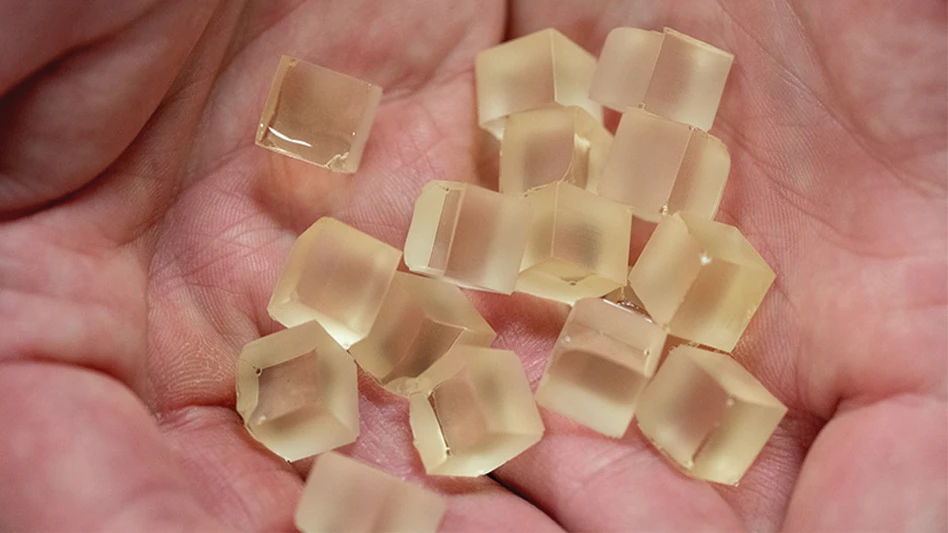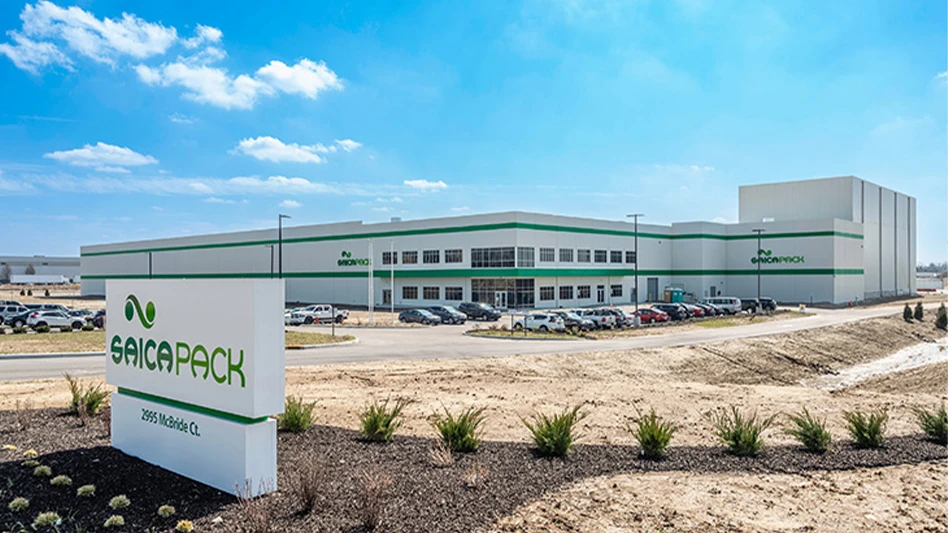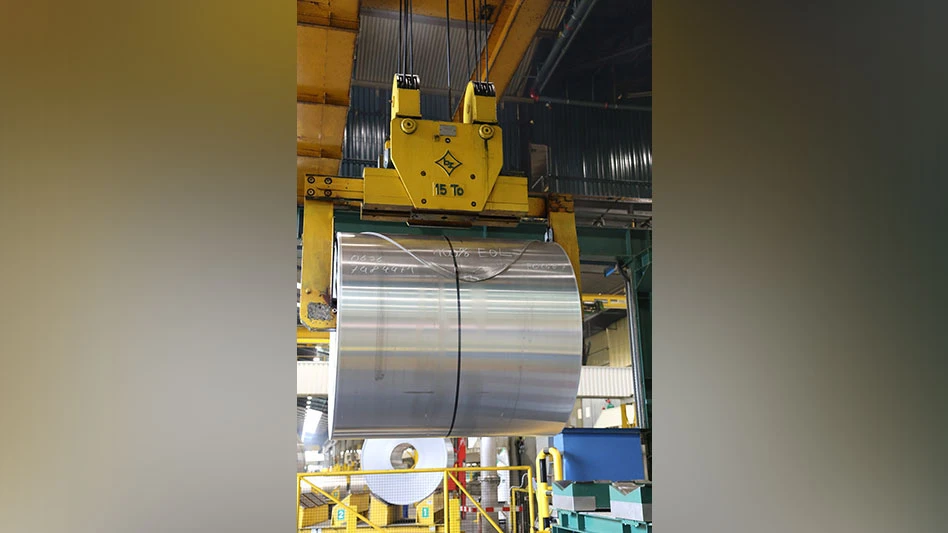
Photo courtesy of the National Renewable Energy Laboratory
Researchers at the U.S. Department of Energy’s National Renewable Energy Laboratory (NREL), Golden, Colorado, say a realistic path exists in which bio-derivable wind turbine blades can be chemically recycled and their components reused, diverting them from landfills at the end of their useful life.
The findings have been published in the new issue of the journal Science. The new resin, is made of materials produced using bio-derivable resources, performs on par with the current industry standard of blades made from a thermoset resin and outperforms certain thermoplastic resins intended to be recyclable.
RELATED: NREL researchers find path to easier solar panel recycling
The researchers built a prototype 9-meter blade to demonstrate the manufacturability of an NREL-developed biomass-derivable resin called Polyester Covalently Adaptable Network, or PECAN, adding that the manufacturing process dovetails with current methods. Under existing technology, the researchers say wind blades last about 20 years and can be mechanically recycled afterward, while blades made with PECAN can be recycled using mild chemical processes.
The chemical recycling process allows the blade components to be recaptured and reused for remanufacture of the same product, according to Ryan Clarke, a postdoctoral researcher at NREL and the first author of the new paper.
“It is truly a limitless approach if it’s done right,” he adds.
Clarke says the chemical process was able to completely break down the prototype blade in six hours.
The paper, “Manufacture and testing of biomass-derivable thermosets for wind blade recycling,” involved work from investigators at five NREL research hubs, including the National Wind Technology Center and the BOTTLE Consortium. The researchers say they demonstrated an end-of-life strategy for the PECAN blades and proposed recovery and reuse strategies for each component.
“The PECAN method for developing recyclable wind turbine blades is a critically important step in our efforts to foster a circular economy for energy materials,” says Johney Green, NREL’s associate laboratory director for mechanical and thermal engineering sciences.
Researchers say their aim was to make a turbine blade that could be recyclable and began experimenting with feedstocks that could be used to achieve that goal. They say the resin they developed using bio-derivable sugars provided a counterpoint to the notion that a blade designed to be recyclable will not perform as well.
“Just because something is bio-derivable or recyclable does not mean it’s going to be worse,” says Nic Rorrer, one of the two corresponding authors of the Science paper. He says one concern others have had about these types of materials is that the blade would be subject to greater “creep,” which is when the blade loses its shape and deforms over time. “It really challenges this evolving notion in the field of polymer science, that you can’t use recyclable materials because they will underperform or creep too much,” he says.
Composites made from PECAN resin held their shape, withstood accelerated weatherization validation and could be made within a timeframe similar to the existing cure cycle for how wind turbine blades currently are manufactured, according to the researchers.
“Nine meters is a scale that we were able to demonstrate all of the same manufacturing processes that would be used at the 60-, 80-, 100-meter blade scale,” says Robynne Murray, the second corresponding author of the Science paper.
Coauthors of the paper from NREL include Erik Rognerud, Allen Puente-Urbina, David Barnes, Paul Murdy, Michael McGraw, Jimmy Newkirk, Ryan Beach, Jacob Wrubel, Levi Hamernik, Katherine Chism, Andrea Baer and Gregg Beckham.
The U.S. Department of Energy jointly funded the research through its Advanced Materials and Manufacturing Technologies Office and Bioenergy Technologies Office and their support of the BOTTLE Consortium. Additional research and funding will allow the investigators to build larger blades and explore more bio-derived formulations.
Latest from Recycling Today
- Green Cubes unveils forklift battery line
- Rebar association points to trade turmoil
- LumiCup offers single-use plastic alternative
- European project yields recycled-content ABS
- ICM to host colocated events in Shanghai
- Astera runs into NIMBY concerns in Colorado
- ReMA opposes European efforts seeking export restrictions for recyclables
- Fresh Perspective: Raj Bagaria






